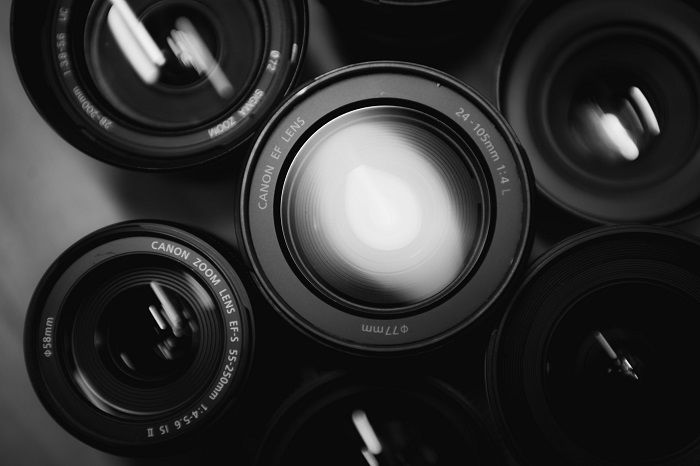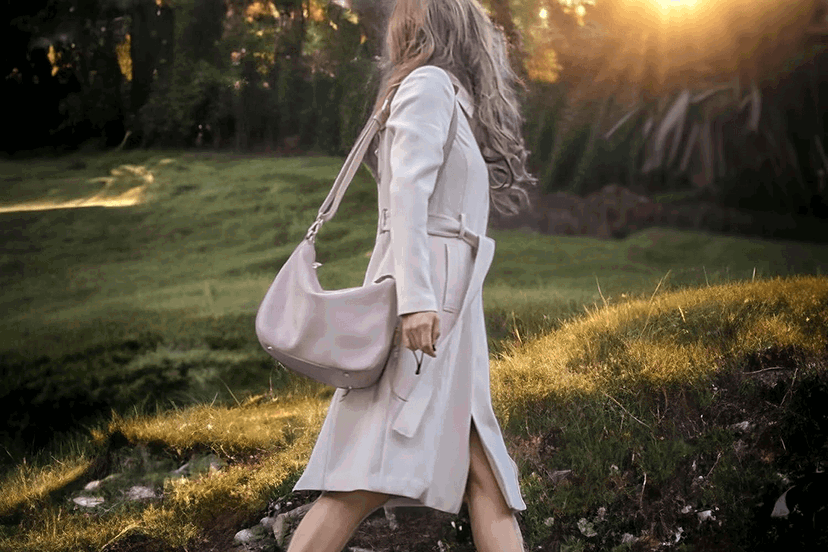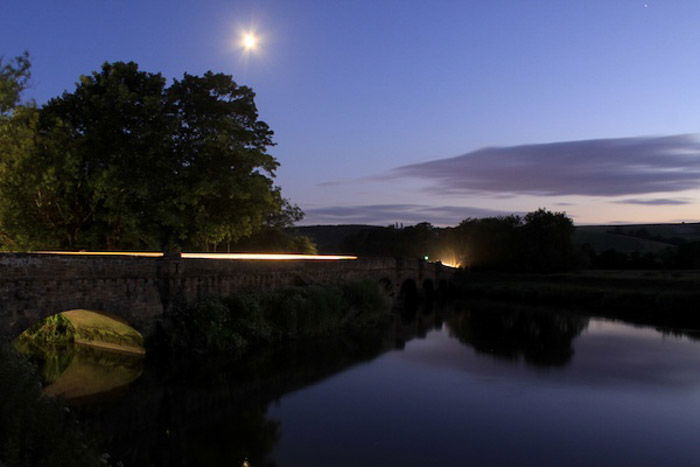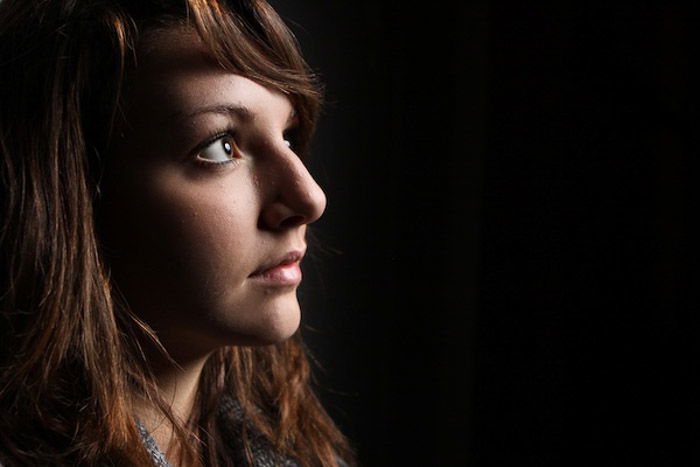How to Use a Ring Flash for Creative Lighting
Lighting a subject can be frustrating for some photographers. Most of us don’t own a studio. And renting one with all the proper lighting equipment can be expensive.
But when it comes to lighting, the ring flash opens up lots of shooting opportunities. It’s cost-effective, distinctive, and versatile. It’s a great piece of equipment for the right photographer. Continue reading for everything you need to know about how to use a ring flash.
What Is a Ring Flash?
There are many ways to artificially light a subject. They range from huge complex strobe systems down to smaller and simpler systems that attach to your camera.
The flash gun, such as the Canon Speedlite 600EX II-RT, is standard. These are great for events in wide-open spaces, but they’re also used by portrait photographers. Ring flashes are a worthy investment for many types of photography.
A ring flash is a flash in the shape of a ring, as opposed to a flash gun. The ring shape is important because they are designed to fit around your lens.
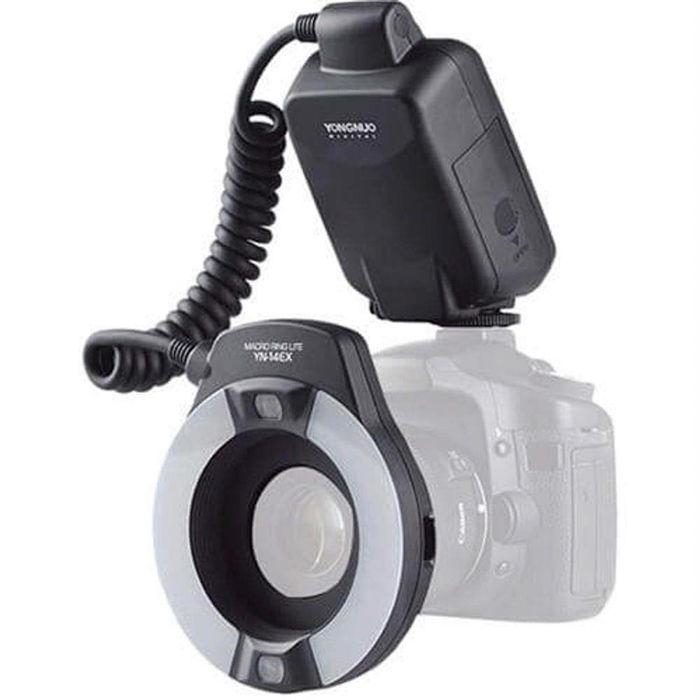
Why Use a Ring Flash?
A ring flash produces a specific type of light. You’ve undoubtedly seen the specific reflected rings often found in the subject’s eyes. Ring lights are great for creating a catchlight.
They offer a different type of light spread than a flash gun or studio lighting offers. Because the ring flash fits around the lens, the light spreads out evenly over the subject.
A flash gun fires from above the camera and can produce some very harsh shadows. A ring light does the same, but it does so around 360 degrees of the subject to cast fewer shadows.
Other lights only cover a certain angle and degree of spread. Fashion photographers tend to use a direct flash because they like having a strong shadow behind the subject.
A ring flash helps cut down on those harsh shadows. Think of a bust-style portrait image where you want to show the model’s hair, makeup, and jewelry on her neck and wrist. A right flash creates even spreads, showing the viewer that every element is just as important as the last. To achieve this professional look, a ring flash is often mixed with other lights.
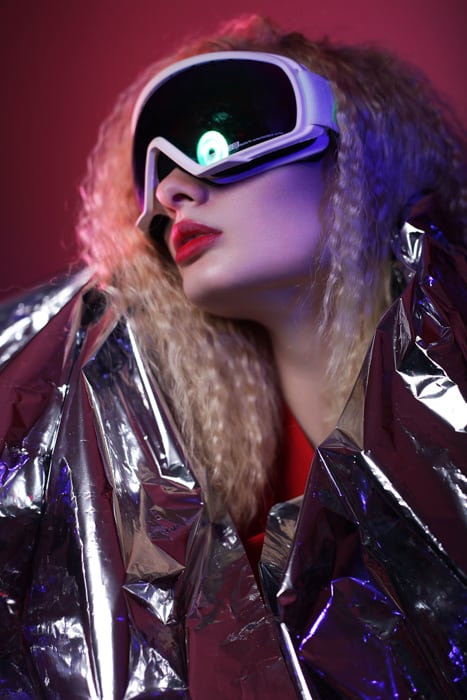
How to Use a Ring Flash
Ring flashes use screw mounts and fit around your lens. And they have adaptors, allowing them to fit most lenses. Others allow you to shoot through them.
You simply screw it on and plug it into your camera. Some models have a battery pack that sits in your camera’s hot shoe. This is typical of ring flashes like the Canon MR-14EX II Ring Lite.
Other models, such as the Neewer R-160 Ring Light, have battery compartments in the ring itself. On these models, the camera connects via a cable.
You can get much bigger ring lights that don’t connect to your lens at all. They might not even connect to your camera, as they provide constant light rather than a flash.
These models, such as the Neewer Ring Light, draw their light from an electrical outlet. And this RoundFlash Foldable Ring Flash Diffuser offers a softer light.
With these larger models, your camera shoots through the ring. This is possible either handheld or by using a tripod.
The biggest benefit to having a ring flash is that it still works as a light source, even if you don’t want that reflected ring characteristic in your image. You can turn it into a simple light by reflecting it into a studio umbrella.
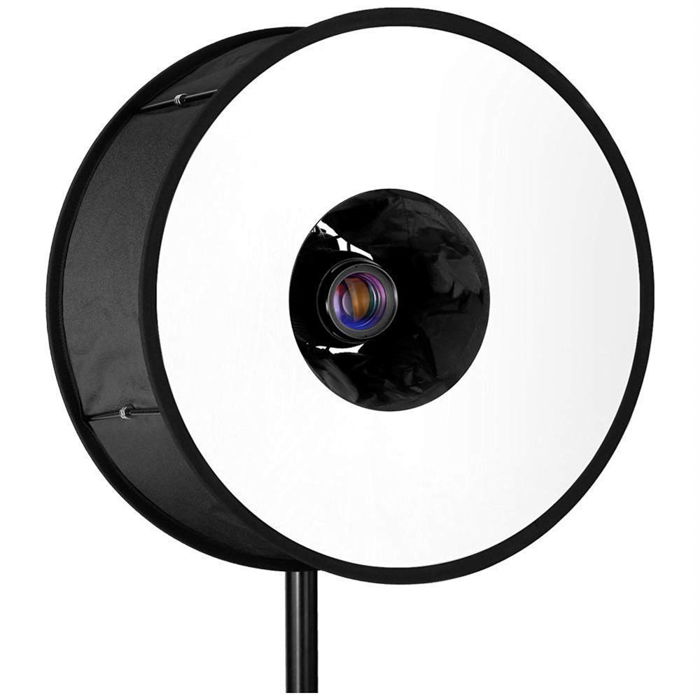
When to Use a Ring Flash
There are many instances when a ring flash could be useful. They were originally developed for dentists, as they could evenly illuminate a person’s teeth.
Then the commercial photography world picked them up and adapted them for product photography. They started off bulky, but technology minimized their size and weight while keeping their stability.
Ring flashes are cheaper and easier to use than the bigger, more complex lighting systems found in some studios. They allow the photographer to keep their ISO low, allowing you to take better images.
They do have a softer light than these bigger setups, but their portability is a huge plus. Photographers can experience one or two stops of lower light in comparison.
But this is what the exposure compensation setting is for. Increasing the light in your image is down to your own unique vision and image purpose.
Macro Photography
A ring light is very helpful in macro photography, especially if you use extension tubes. As you get closer and closer to your subject, you’ll find your lens blocks natural or flash gun light.
Having a ring flash at the front element of your lens means having a well-lit subject. This also ensures that the light fall-off is even. In this situation, you might want a dimmable ring flash.
This light helps keep the ISO down and allows you to keep fast shutter speeds. It is perfect for insects and other moving subjects.

Portrait Photography
A ring flash helps avoid shadows when shooting portrait photography. If there are any shadows, they are behind the subject and unseen by the viewer.
The ability for the light to wrap around the subject here is a big advantage. It’s perfect for when you are showing many elements within a scene.
You can use the ring light as a frame, allowing you many creative portrait photography options. The biggest use of a ring flash for portraits is the catchlight.
It’s a common giveaway for how photographers light their subjects. A ring light will show up as a ring in the subject’s eyes. The bigger the light, or the closer you are to the subject, the bigger the reflection.
When combined with a soft box, photographers are able to use much bigger ring flashes and right lights. A bigger version helps to light a wide scene or environment.
Many photographers use the ring flash as a key light (main light source) or as a fill light (secondary light source). Both can be beneficial for more complex lighting setups.
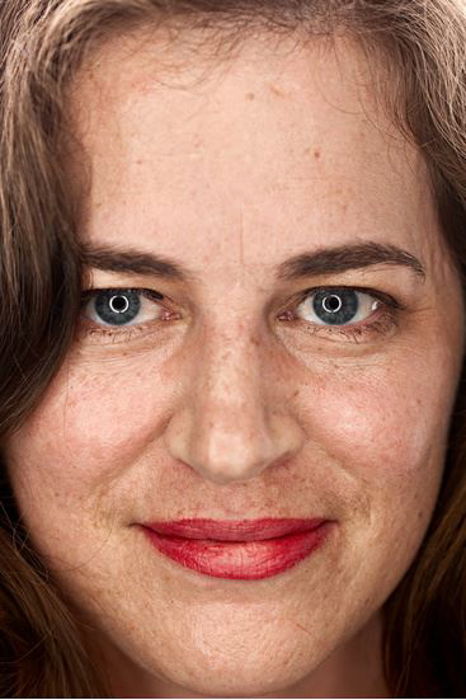
© Lillian Suwanrumpha
Food Photography
Food photography is another area where photographers benefit from using ring flashes. They are able to create complicated lighting setups where one light isn’t enough.
By having a light on the camera, you have more light portability. You have directional light readily available from any perspective you shoot from.
Again, it works as a fill or key light. Photographers can use it to expose details in high-key, contrasty scenes.
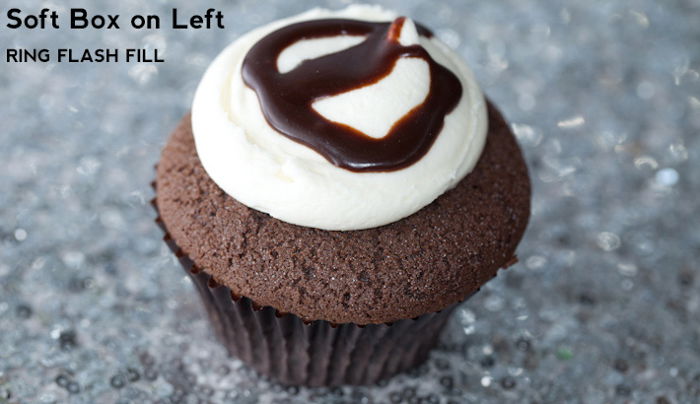
© Taylor Mathis
Fashion Photography
Fashion photography is one of the largest genres where photographers use ring flashes. Like portrait photography, you need even light without strong shadows.
You can add gels to them. But this is a little more complicated than using a flash gun or other studio lights.
Many fashion photographers use a ring flash as key lights and other lights to fill in any shadows. They also fill in darker areas to bring out subtle details.
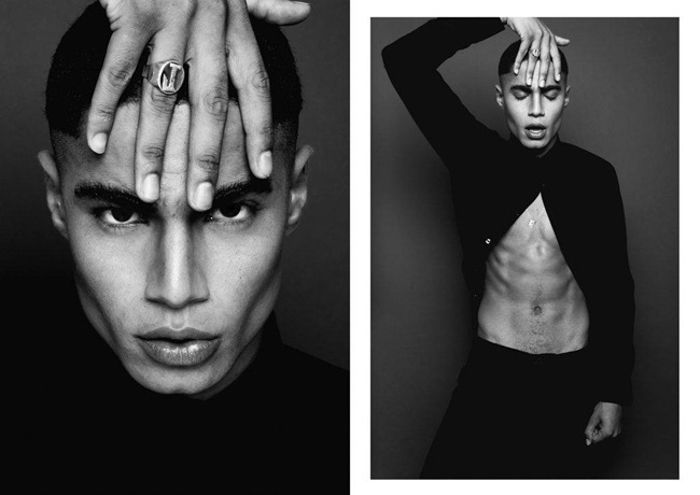
© Talles Bourges
Product Photography
The ring flash was originally created to photograph teeth, but it benefits any item. Every product looks better with even light coverage.
Using a ring flash means there are no harsh, distracting shadows. The light is constantly coming from the camera’s perspective. This might not seem like a big deal, but it saves time and energy.
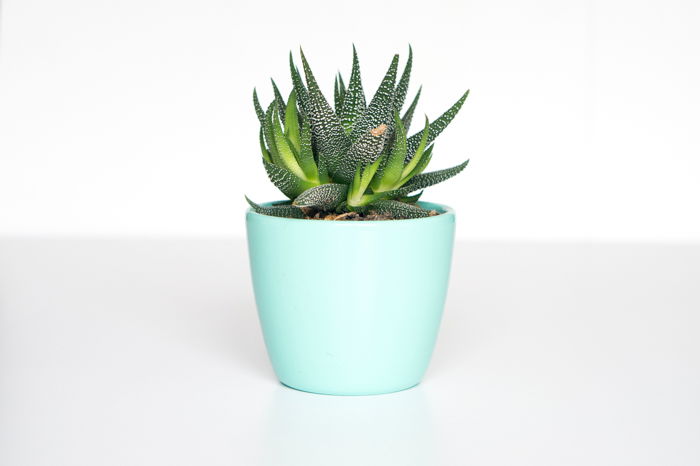
Underwater Photography
Underwater photography is another type of photography that benefits from a ring flash. It keeps all your gear centralized and around the camera’s balance center. This is actually quite important due to the buoyancy characteristics of a camera in an underwater housing.
It’s especially helpful for underwater macro photography and keeping any subject evenly lit. This is especially important in underwater photography because you lose reds and yellows the deeper you go. Using a ring flash brings light to these depths, allowing you to get more true-to-life colors.
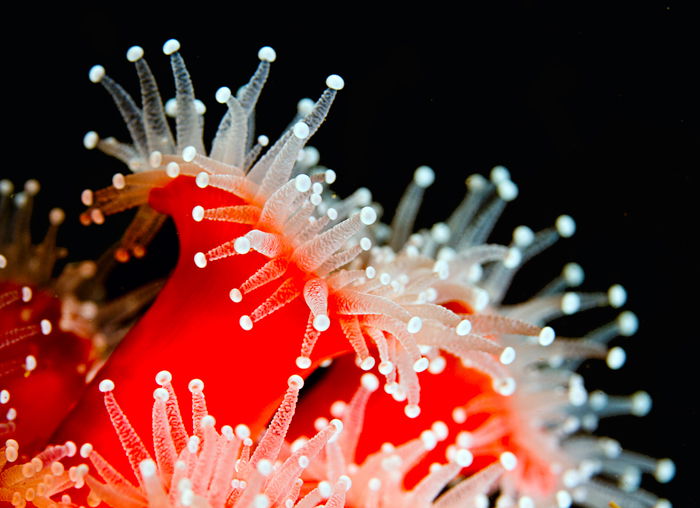
© Bill Van Antwerp
Alternatives
For an on-camera ring flash, we recommend the Canon MR-14EX II Macro Ring Lite. Since it’s produced by an OEM (original equipment manufacturer), it’s on the pricey side.
For a cheaper alternative, there is the Neewer R-160 Ring Light. The best thing about this is that the batteries are built into the ring itself. This does make the lens a little front-heavy. But it’s great for those who don’t want the flash pack to sit on the hotshoe.
The Coco Ring Flash Adapter adapts your flashgun to a ring light. This is a cheaper alternative, so you don’t have to buy a dedicated ring flash.
For macro photographers, the YN-24EX Macro Ring Flash is slightly different. It doesn’t give you the full ring, but it does give you two lights on the left and right of the lens.
The Godox Witstro AD- H600B is the bridge between ring flash adaptors and dedicated ring flashes. This is very portable and can sit anywhere off-camera.
For more power to light larger scenes, go for the Neewer Ring Light Kit. This plugs into an electrical outlet, allowing for a more powerful flash. It also means you don’t have to depend on battery power.
If you plan on using the ring flash a few times and don’t want to spend a few hundred dollars, there is another way. You can make a DIY ring flash. You obviously need to take the time to make it, but it produces some beautiful and soft results.
Conclusion
Ring lights are used in so many applications, it’s not surprising to see so many photographers using them. If you do any macro or product photography, a good ring flash should be in your kit. We recommend the Neewer Selfie Ring Light for Laptops if you don’t need a portable one. If you need an on-camera ring light, check out the Canon MR-14EX II Ring Lite.
Either of these ring flashes will bring your photos to the next level!
